THE CHANGING FACE OF MACON STREET (1908)
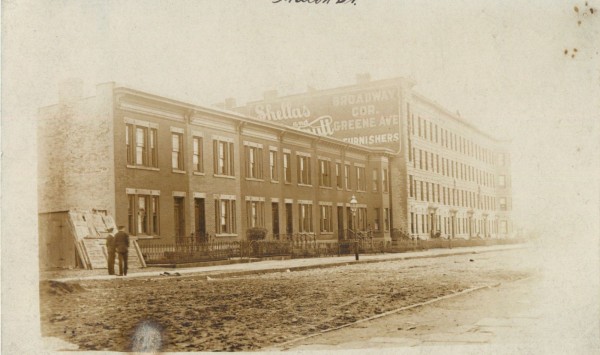
******************************************************************************************************************************** Brownstone Detectives investigates the history of our clients’ homes. The story you are about to read was composed from research conducted in the course of one of those investigations. Do you know the history of YOUR house? ******************************************************************************************************************************** While researching the history a local brownstone, we located an old postcard of a street in Bedford-Stuyvesant. The sepia paper photograph gives an idea of the innate promise of the neighborhood back in 1908 as it was still being built up with new brownstones, limestones, and rowhouses. That picture postcard, featured above, shows a stretch of Macon Street – replete with newly built rowhouses – that starts at the back of the Saratoga Library on Thomas S. Boyland Street (then, it was Hopkinson Avenue), and ends about halfway down the block before reaching a row of barrel-fronted 2-family houses and the one-time parking garage at the corner of Saratoga Avenue (now the Shirley Chisholm Day Care Center). Interestingly, this part of Macon Street still had its dirt (mud on rainy days) street as late as 1908. Residents of the area had been complaining to the City of Brooklyn (by 1908, the borough of Brooklyn) since the 1890s about the slow pace of street paving in the district. Home building had gone on at such a fast clip during this period that the city had struggled to keep up with the builders. The houses that are the focal point of the snapshot were the first put up on the block – what […]
WHEN SARATOGA AVENUE WAS YOUNG (1899)
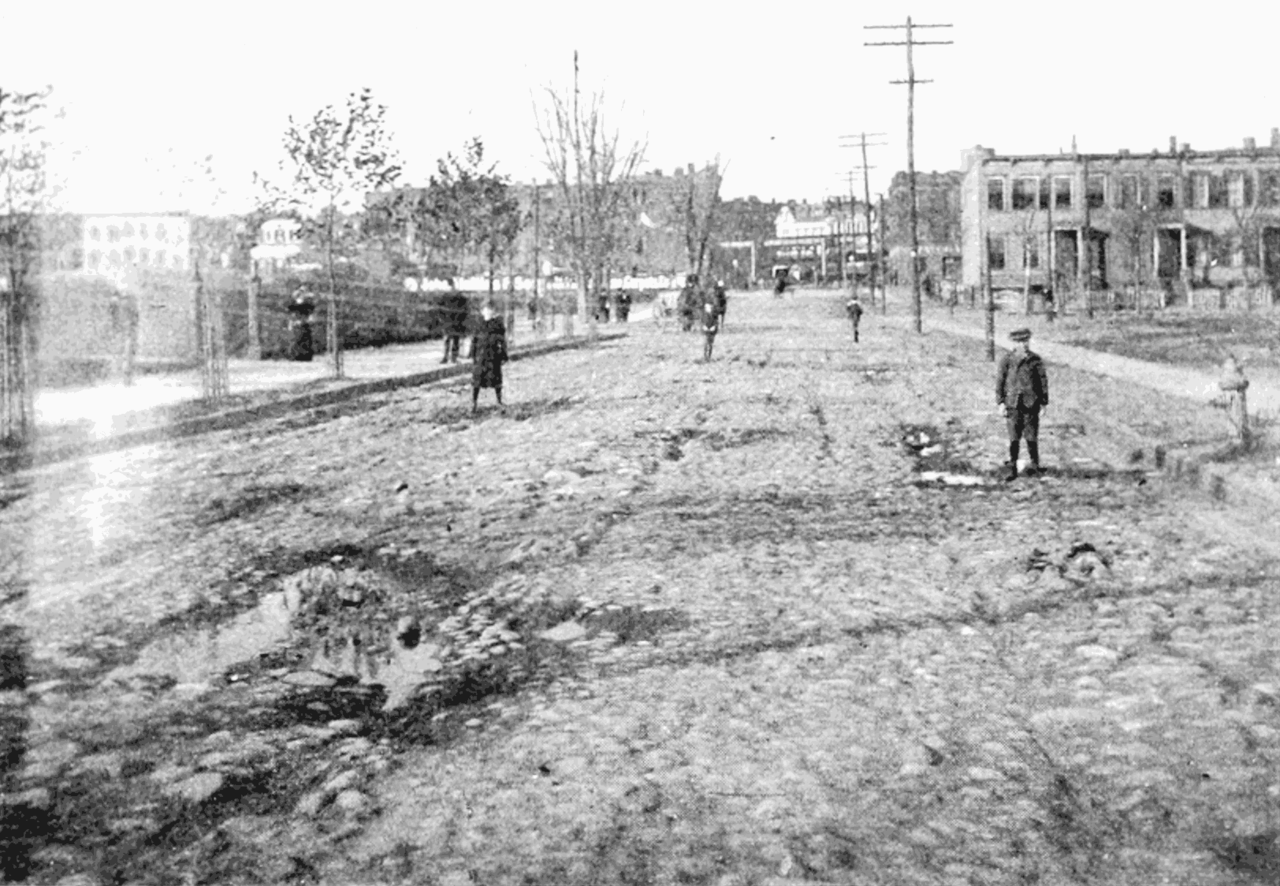
******************************************************************************************************************************** Brownstone Detectives investigates the history of our clients’ homes. The story you are about to read was composed from research conducted in the course of one of those investigations. Do you know the history of YOUR house? ******************************************************************************************************************************** We’d never seen this 1899 picture before – the cobblestones of Saratoga Avenue – taken from Macon Street looking north. To the left you see the gates of the 3-year old Saratoga Square Park and to the right, what was known then as Saratoga Field. A few years before this shot was taken, you would have seen the circus and the various Wild West shows of the time camping out on these two blocks, attracting crowds of people from miles around to the neighborhood. In the distance, you can see the elevated Brooklyn Rapid Transit track, known around this time as the Broadway Elevated, which had opened in 1893 and was a 2-track line at the time. That’s right – no express! And staring back at you are some of the folks who lived and played in the area. It appears from the shot that they were positioned by the photographer. They’re all standing still and upright. Across the street from the park (on the right side of the photograph) would soon be built the Arcadia Dancehall, a “modern dancehall for working girls,” where the modern dances of the day – such as the Bunny Hug and the Tango – were forbidden. Vice President Calvin Coolidge and Teddy Roosevelt’s son, Theodore, […]
RISE & FALL OF THE STUYVESANT CLOWN (1895)
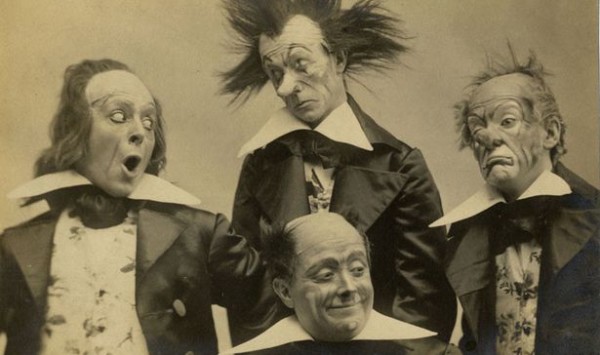
******************************************************************************************************************************* Brownstone Detectives investigates the history of our clients’ homes. The story you are about to read was composed from research conducted in the course of one of those investigations. Do you know the history of YOUR house? ******************************************************************************************************************************* Back in the early 1890s, in Stuyvesant Heights, there were clowns everywhere. Roaming and squeezing their little horns, making sad, droopy faces, and generally miming mischief. And everyone came to see them at Halsey Street and Saratoga where they paid a nickel a person to get in. Life for the clowns existed there for at least 20 years, until one day it all came to a halt. The developers had arrived and were threatening the home of the clown, threatening his very existence. BROOKLYN EXPANDS TO BUSHWICK By the mid-1890s, three blocks in the furthest reaches of the Eastern District’s Stuyvesant Heights had surprisingly remained untouched by speculative progress. While feverish land purchasing and selling had gone on all around this valuable real estate for the previous ten or so years, these dusty plots of land would continue to sit like the vestiges of the past that they were – unused farm land. Eventually, though, this land would be put to use by a bunch of clowns – the lots would begin, in 1891, to be referred to as the “circus grounds,” as traveling circuses and shows would begin annually to rent the land for their high profile extravaganzas. But the reign of the Stuyvesant Clown would be relatively short as, […]
FINDING HISTORICAL PICS OF YOUR NYC BLOCK
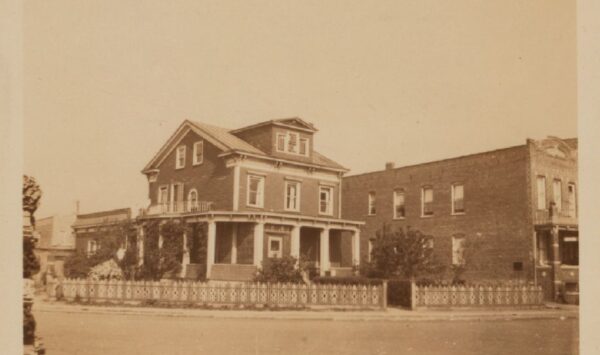
******************************************************************************************************************************** Brownstone Detectives investigates the history of our clients’ homes. The story you are about to read was composed from research conducted in the course of one of those investigations. Do you know the history of YOUR house? ******************************************************************************************************************************** Have you ever wondered what your block looked like 100 years ago? Well, now’s your chance to find out! Using a new website called OLDNYC, the opportunity is yours to try and locate historic New York City photos by location. The project, created by Dan Vanderkam in collaboration with the New York Public Library (NYPL), makes historic photographs (all pre-loaded and locate-able by an interactive map of the city) accessible by using a map. To find pics from your neighborhood, simply locate your neighborhood or street on the map and look for the red dots – which indicate that there are pictures available for these locations. The top right snapshot is one that we found of a row of houses near the intersection of Saratoga Avenue and Decatur Street, in the Ocean Hill section of Bedford-Stuyvesant. Below that is what this stretch of block looks like today. Vanderkam describes his site as “an alternative way of browsing the NYPL’s incredible Photographic Views of New York City, 1870s-1970s collection.” “Its goal,” he continues “is to help you discover the history behind the places you see every day.” Quite an admirable offering and a great way to access NYPL’s extensive collection of old photographs. This is going to be a valuable website for […]
CALVIN COOLIDGE & THE BUNNY HUG (1922)
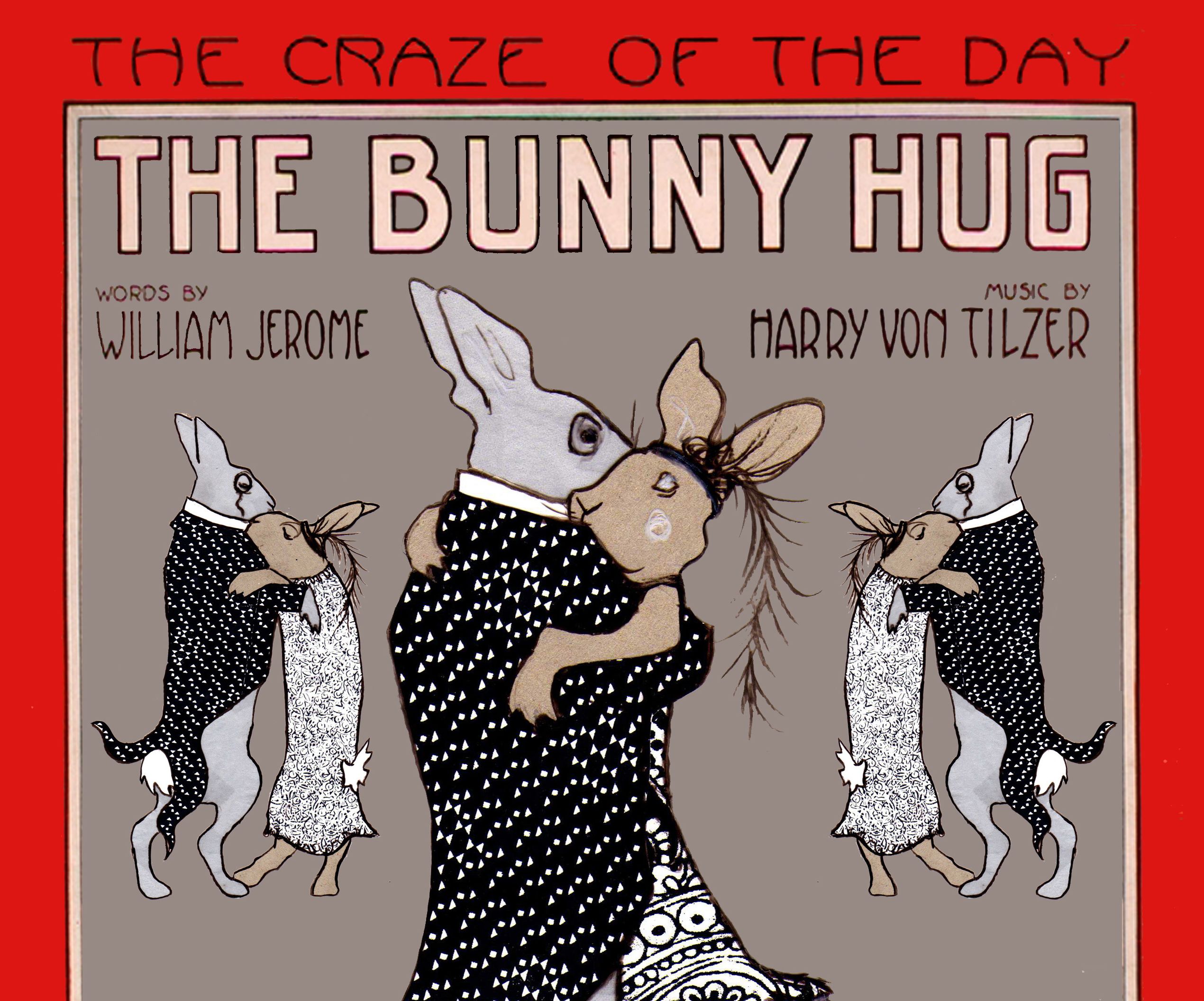
******************************************************************************************************************************** Brownstone Detectives investigates the history of our clients’ homes. The story you are about to read was composed from research conducted in the course of one of those investigations. Do you know the history of YOUR house? ******************************************************************************************************************************** Vice-President Calvin Coolidge came to the Eastern section of Stuyvesant Heights one night late in 1922 to stump for the local Republican senator ahead of the mid-term elections. And in so doing, he would wind up in a nite club known for its bawdy dancing and raids on its illegal booze sales. It was the country’s first “working girl’s model dance hall,” The Arcadia. Dedicated specifically, at the time it was built in 1912, to “proper” dances for working girls, the hall – located at the corner of Halsey Street and Saratoga Avenue, across the street from Saratoga Park – had been supported by proponents who had lobbied successfully for anti-tango legislation, designed to outlaw “the turkey trot and other sensational dances.” For several years, the hall was a chaste facility which forbid “bunny-hugging” and tangoing, and kept a number of dance monitors on the dance floor to enforce these rules. You broke them once and you were kicked out for good – never allowed to return to the popular dance spot. Ten years later, though, it was the era of Prohibition, and the hall’s reputation had sunken somewhat in the estimation of its neighbors. Being the largest dance hall in the area, though, Vice President Calvin Coolidge would use it […]
THE BLOOD BUBBLING IN SARATOGA FIELD
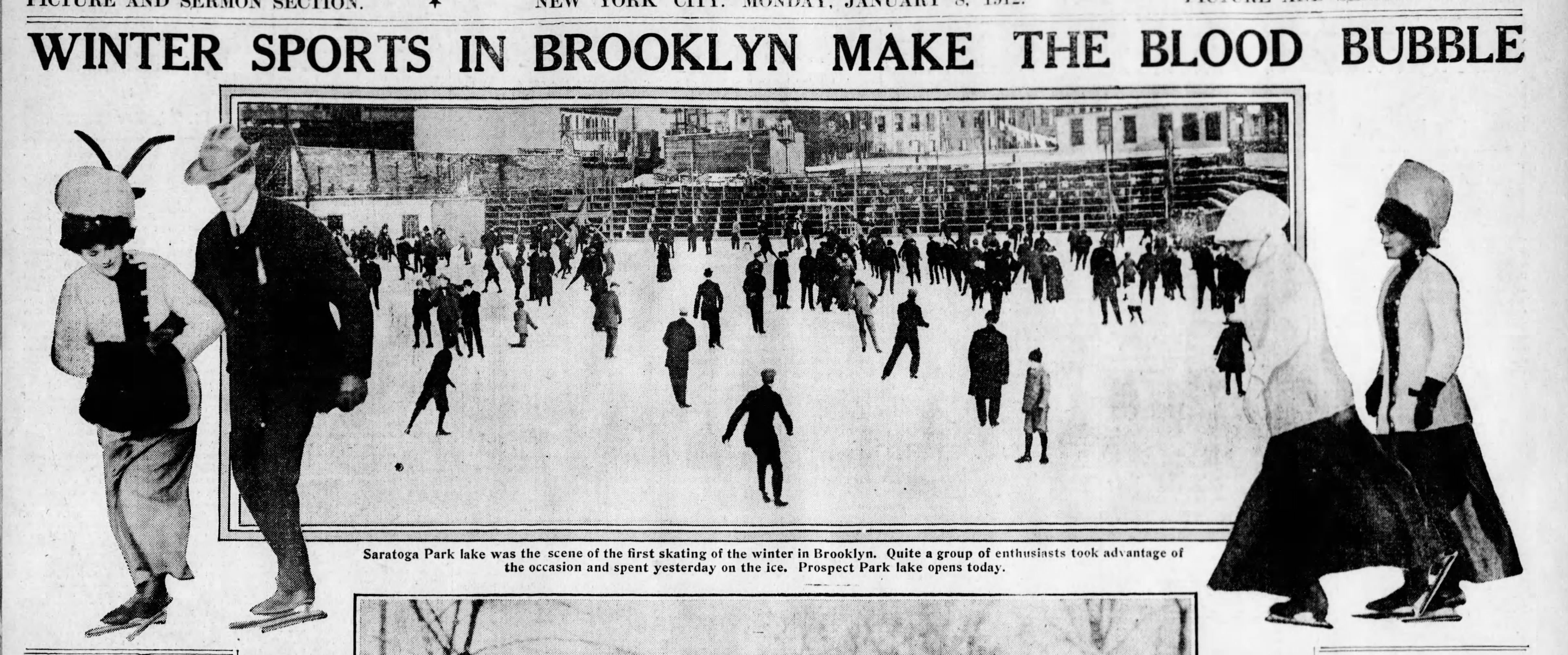
(The picture above shows one of the last years – 1912 – that Saratoga Field was used for skating – or any sports, for that matter – as the entire lot would be developed later that year. The image shows the “first skating” of 1912 in Saratoga Fields. Brooklyn Daily Eagle, Mon., 8 January 1912.) After Saratoga Park was built, the block due east of it – formerly used as a the horse market which sat across the street from the Halsey streetcar stables – became know as Saratoga Fields. This large lot which abutted Broadway, Halsey and Macon, became the stand-in location for circuses through about 1905, and then for assorted sporting events afterwards through early 1912. Because of its proximity to Saratoga Park, though, for a number of years after the park’s construction, Saratoga Field continued to be referred to as Saratoga Park. Run by the Saratoga Amusement Company (for circuses and assorted sports from the early 1890s), they had two main draws, from the people living in the community, to pay the rent. In the winter, they provided skating facilities to the masses, by flooding the field and making a huge outdoor skating rink, which was extremely popular throughout the winter. In the summer, the company improved the lot for use by semi-professional baseball teams, which flourished in this part of Brooklyn. There were countless ball teams from the area which vied to defeat one another on a daily basis – and the competitions were covered keenly […]
THE GENTRIFICATION OF SARATOGA PARK (1896)
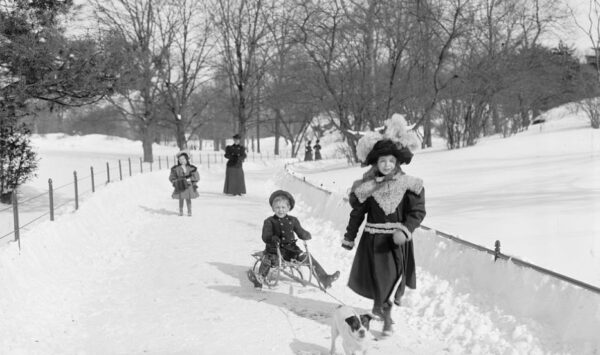
******************************************************************************************************************************** Brownstone Detectives investigates the history of our clients’ homes. The story you are about to read was composed from research conducted in the course of one of those investigations. Do you know the history of YOUR house? ******************************************************************************************************************************** Around the mid-1890s, the public in the Eastern District of Brooklyn – in what would come to be known as the Stuyvesant Heights section of Bedford-Stuyvesant – began clamoring for a space for a local park. There were three things driving this support: 1) the extension of the Brooklyn street grid system, along with 2) failing attempts by local governments in keeping pace with the growing population in the 25th Ward, and partly due to 3) the success and popularity of Central Park in Manhattan and Prospect Park in Brooklyn. As a result, the City’s aldermen, sensing the growing aspiration for “breathing space” in the locality, went looking around for an adequate stretch of land to acquire for a park – something that would suit the local residents. After a thorough exploration within the ward, the City’s elders settled upon a square little more than 3 acres in size, bounded by Halsey and Macon streets, and Howard and Saratoga avenues. Other than the fact that it was in a very desirable location, it was really the only choice they had – it was the single available piece of undeveloped land in the district of its size. O! And then there was the price… JAMES CLINTON BROWER ENTERS THE SCENE This singular […]
CPL. EDWARD C. BRENNAN (A BED-STUY HERO)
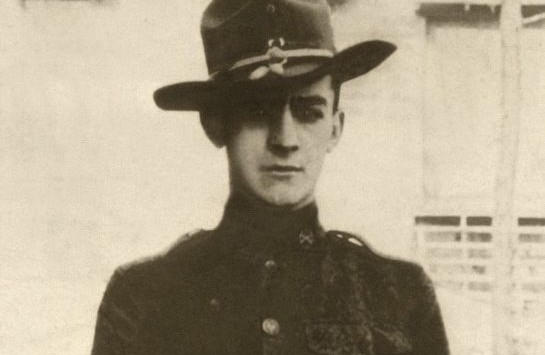
******************************************************************************************************************************** Brownstone Detectives investigates the history of our clients’ homes. The story you are about to read was composed from research conducted in the course of one of those investigations. Do you know the history of YOUR house? ******************************************************************************************************************************** In 2014, The Brownstone Detectives partnered with the New York City Parks Department to help celebrate the lives of the servicemembers of Bedford-Stuyvesant Heights who made the ultimate sacrifice during the Great War. We researched these heroes to locate pictures, stories, and their descendants to be brought together for a ceremony that dedicated a new “Victory and Peace” war memorial at Saratoga Park. This biography tells the story of one of those servicemembers. CPL. EDWARD CROMWELL BRENNAN Edward Cromwell Brennan was born to Sebastian and Elsie Brennan on 19 March 1896. Edward was the elder of two boys born to the couple. His father, Sebastian, worked as a “letter carrier,” and the family lived at the time of the war at No. 117 Saratoga Avenue. According to the draft registration card Edward completed and signed before the local draft board on 5 June 1917, he was 21 1/2 years old, a single man of medium height, slender, with brown hair and eyes. Before signing up to serve, Edward had worked as a clerk at the Liverpool London & Globe, an insurance company located at 80 William Street in New York City. On 28 September 1917, Edward was inducted into the U.S. Army as a private in the 307th Infantry Regiment, 77th […]